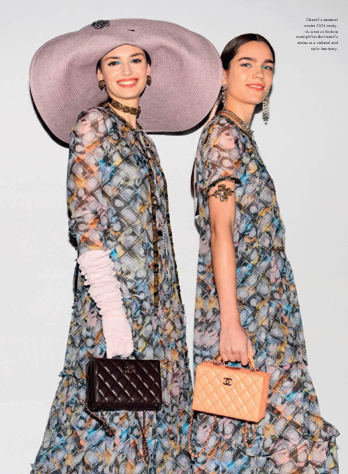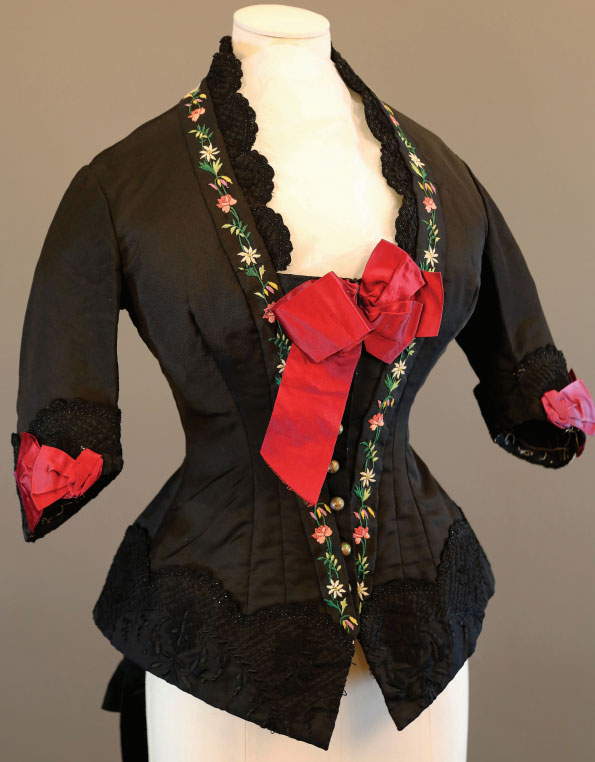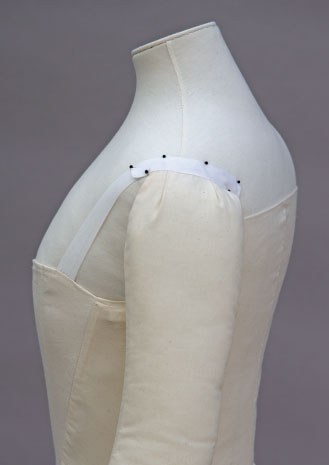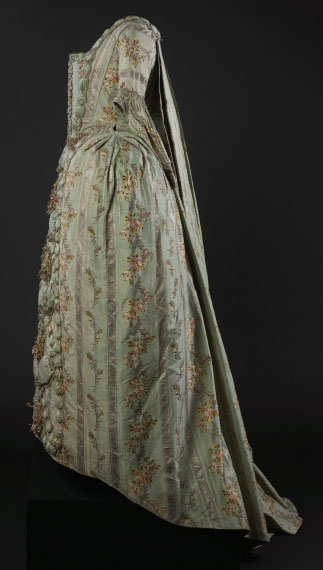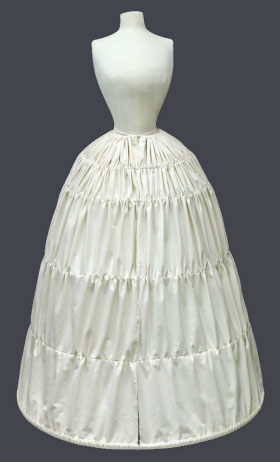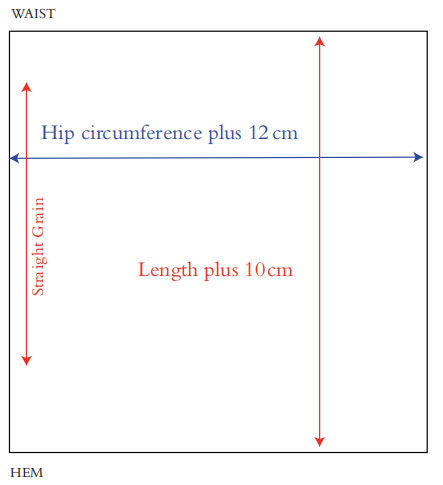Delicate, yet bold—the ultimate style pairings meld boardroom with bedroom effortlessly. Sweater, LORO PIANA. Shorts; stockings, stylist’s own.Opposite: Top; earrings, CELINE. Black top, HERMÈS. Shorts, H&M STUDIO. Bag; ring, VERSACE. Pumps,& OTHER STORIES. Blazer, MIU MIU.Vest, LOEWE.Skirt; pumps, PRADA.Earrings, H&M STUDIO.Opposite: Coat, PRADA.Top, HERMÈS. Earring; pumps, CELINE.Ring, VERSACE.Bag, FERRAGAMO.Sunglasses,RAY-BAN.Stockings, stylist’s own. The fine balance between…
Category: Fashion and Women’s Clothing and Dress
All posts about Womens fashion, clothing, dresses, shorts and so on.
Fab At Every Age
Channel country style eclecticism with a cool mix of checks, tartans and madras prints. Layer separates of varying styles and textures to create a themed fit full of character and nostalgia. Chunky knits keep you warm, but styled with minis? It’s all gams and drama. Don an oversized cape-coat and thigh-high boots for a sense…
The Style – From Runway to Real Way
“Appreciation of GOOD FOOD is a commonality in our cultures. Chinese and French CUISINES are deeply embedded in our CULTURES and significantly influence how we judge new RESTAURANTS. The difference is the way we COMMUNICATE. The French love a DEBATE but the Chinese, not as much. After eight years together, I’ve come to value the…
The Fashionable Life – Joie de Vibre
Cordelia de Castellane, the ebullient creative mind behind Dior Maison and Baby Dior, welcomes us into her characterful Parisian abode. The first thing you notice about Cordelia de Castellane Paris apartment is the light. Palatially tall windows stream in sunshine from both sides on blue-sky days. Off a gated limestone courtyard on the Left Bank,…
Chanel’s Autumn/Winter 2024 Collection – Coastal Reverie
Chanel’s autumn/winter 2024 collection is a dreamlike escape to Deauville, where past and present intertwine. A haven of fresh coastal air and unbridled inspiration, it was here that Gabrielle Chanel first challenged the rigid conventions of fashion, pioneering a new era in the industry. Her visionary spirit, ignited by the Deauville lifestyle, birthed a legacy…
Conclusion – Interpret and Display Historic Dress
Conclusion When creating a display support for any garment, never forget that the garment was originally designed and made for a human body. Underwear may have changed the natural proportions of the figure but garments, however old, were worn by real people. People who walked down the street, danced and generally went about their daily…
Sleeve supports: Arms – Petticoats, Arms and Finishing Touches – Interpret and Display Historic Dress
Sleeve supports: Arms When using a bust form arms will be needed to support the garment sleeves. A simple two-piece pattern can be used to create a basic arm shape representing an arm in a relaxed natural position. The pattern is an adaptation from a tailored jacket sleeve. It can be easily adjusted to different…
Stitching – Petticoats, Arms And Finishing Touches – Interpret And Display Historic Dress
STITCHING 1. Zigzag stitch the cut edges along the top and at either end of the length of calico to secure the edges and prevent them from fraying. 2. Turn up 3-centimetre hem along the selvedge and machine stitch a 2-centimetre channel for the steel at the bottom of the petticoat. On the inside of…
Net petticoats – Petticoats, Arms and Finishing Touches – Interpret and Display Historic Dress
Net petticoats Stitching the gathered net to a narrow cotton tape waistband is a good way to control the gathers at the top around the mannequin waist (see figures 8.9 and 8.10). Use a wide zigzag machine stitch over the gathering to attach it to the tape. Leave an extra 2 centimetres of tape at…
Straight base petticoat method – Petticoats, Arms and Finishing Touches – Interpret and Display Historic Dress
Straight base petticoat method Cut a 1.75-metre length of 1–1.5 centimetre-wide cotton tape and thread it through the waist channel. Pull it tightly to fit the waist of the bust form. Decide on the hem circumference of the petticoat and cut two lengths of cotton-covered petticoat steel the finished circumference plus 15 centimetres. Insert the…




